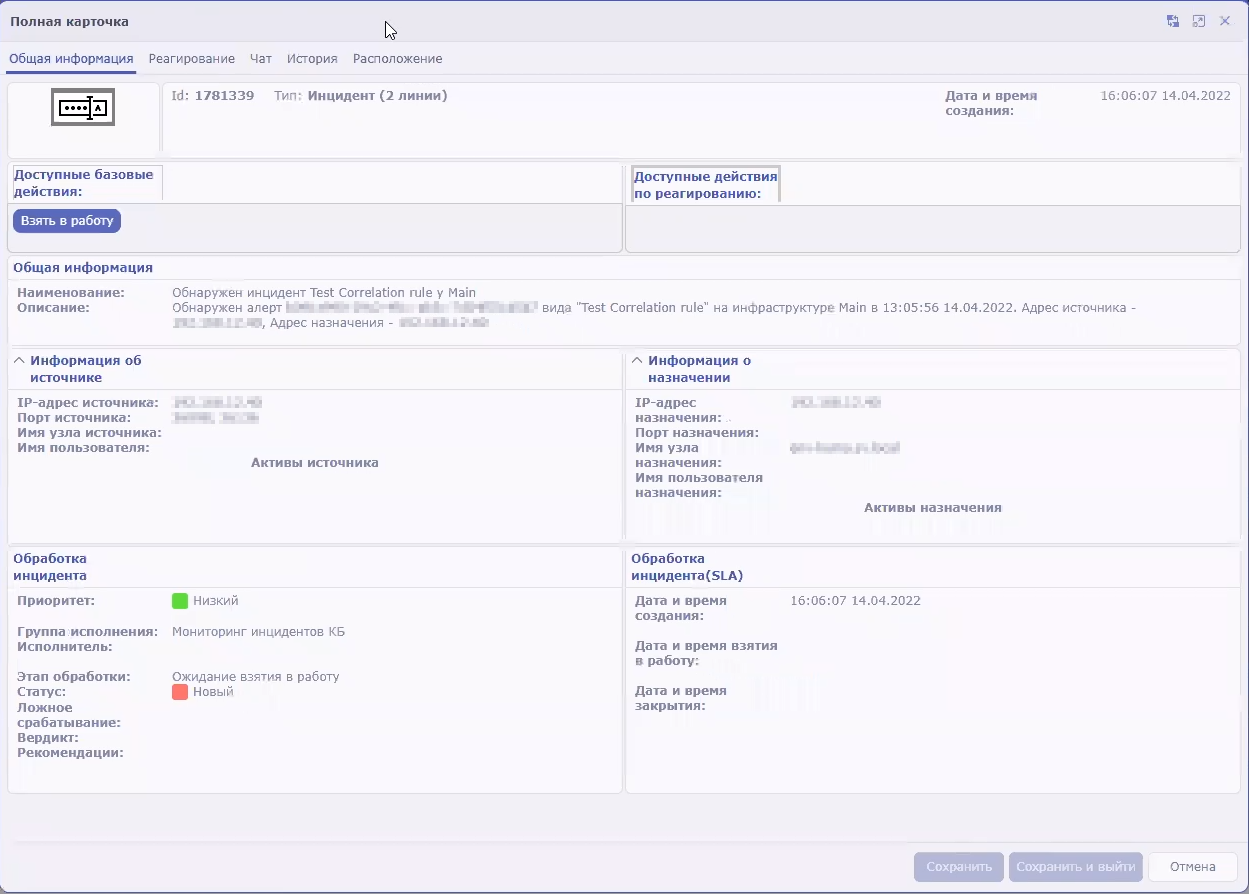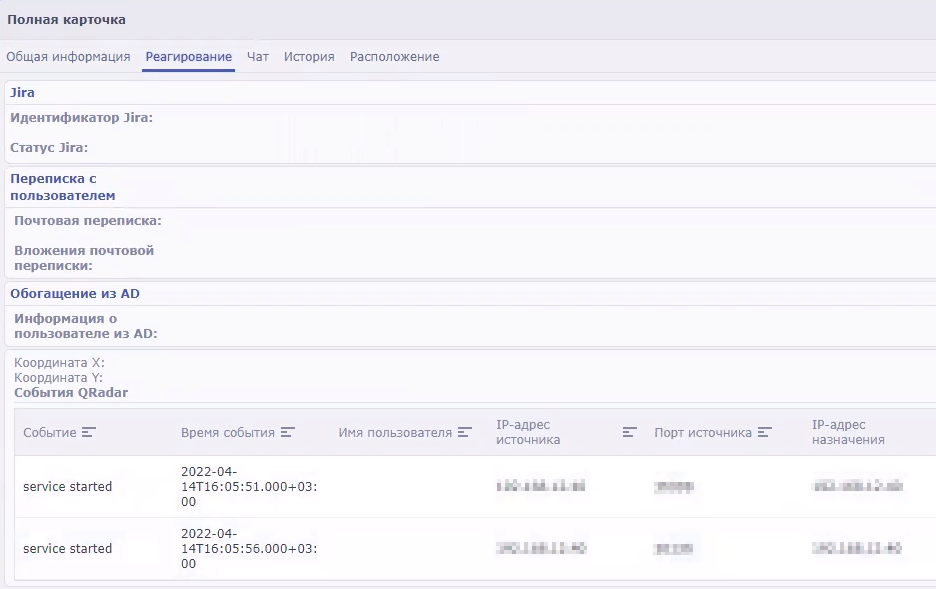Integration with Security Vision Incident Response Platform
Security Vision Incident Response Platform (hereinafter referred to as Security Vision IRP) is a software platform used for automation of monitoring, processing, and responding to information security incidents. It aggregates cyberthreat data from various sources into a single database for further analysis and investigation to facilitate incident response capabilities.
Security Vision IRP can be integrated with KUMA. After configuring integration in Security Vision IRP, you can perform the following tasks:
- Request information about alerts from KUMA. In Security Vision IRP, incidents are created based on received data.
- Send requests to KUMA to close alerts.
Integration is implemented by using the KUMA REST API. On the Security Vision IRP side, integration is carried out by using the preconfigured Kaspersky KUMA connector. Contact your Security Vision IRP vendor to learn more about the methods and conditions for obtaining a Kaspersky KUMA connector.
Working with Security Vision IRP incidents
Security Vision IRP incidents generated from KUMA alert data can be viewed in Security Vision IRP under Инциденты (Incidents) → Инциденты (2 линии) (Incidents (2 line)) → Все инциденты (2 линии) (All incidents (2 line)). Events related to KUMA alerts are logged in each Security Vision IRP incident. Imported events can be viewed on the Response tab.
KUMA alert imported as Security Vision IRP incident

